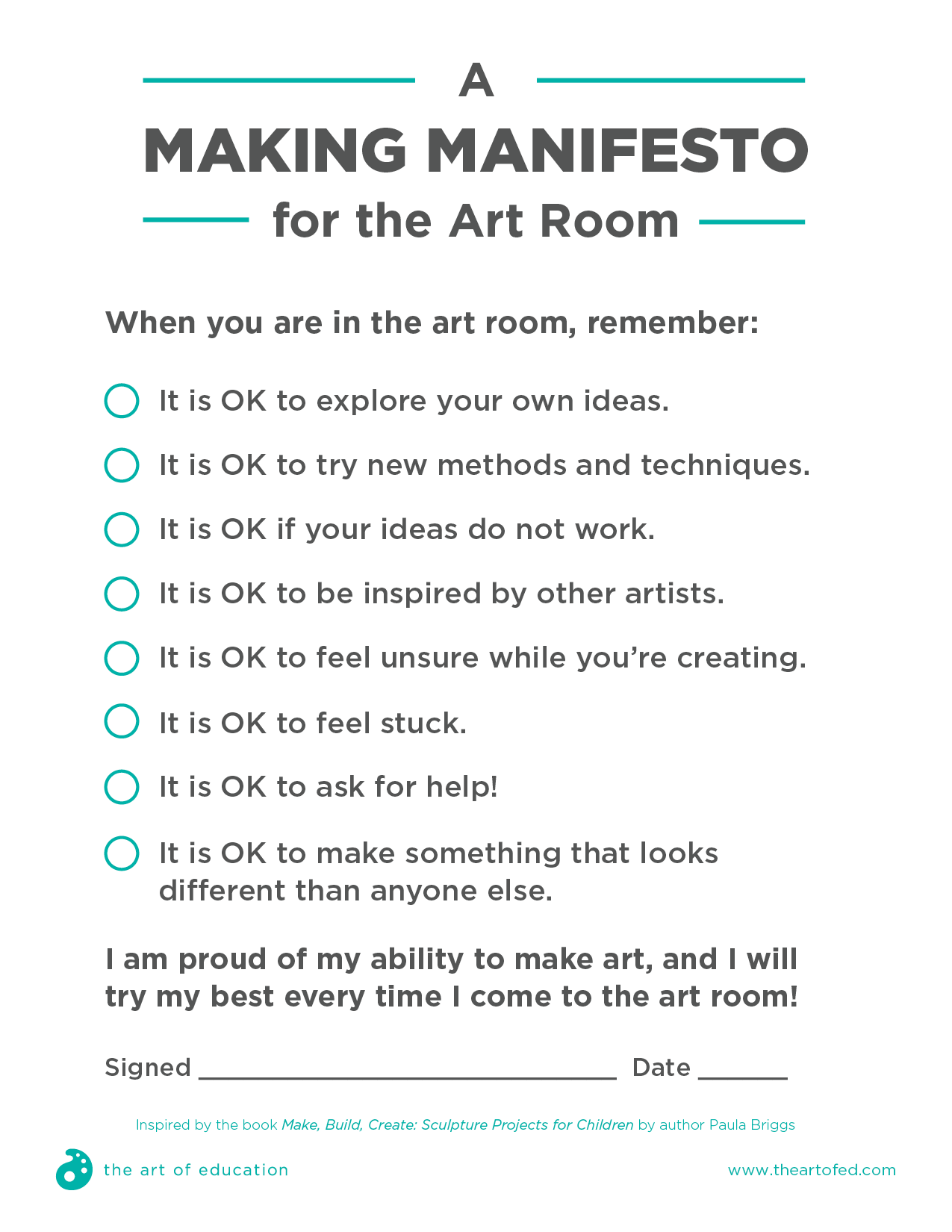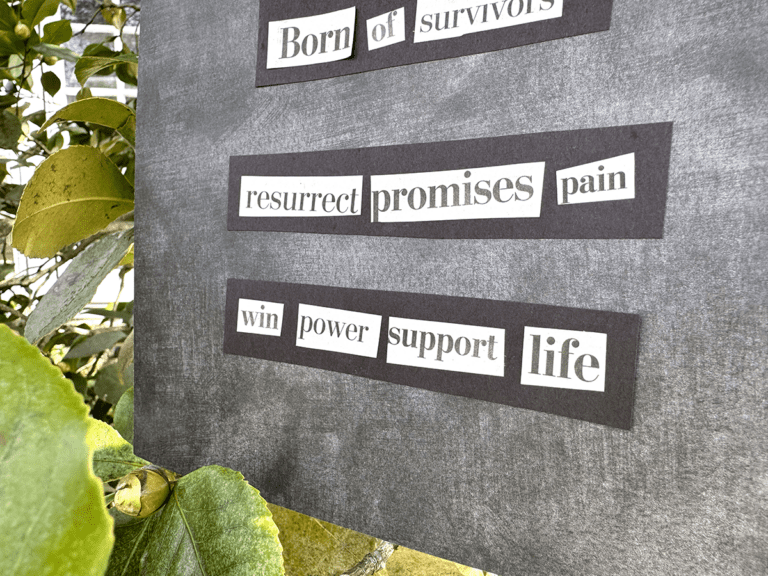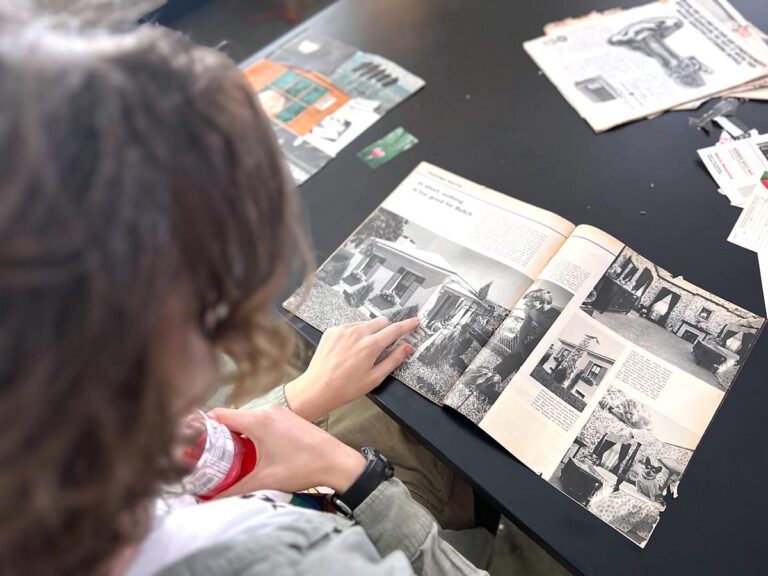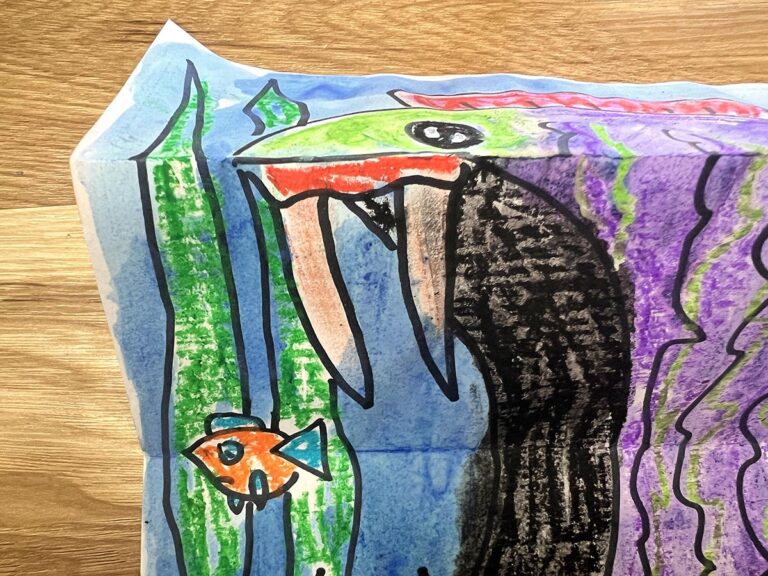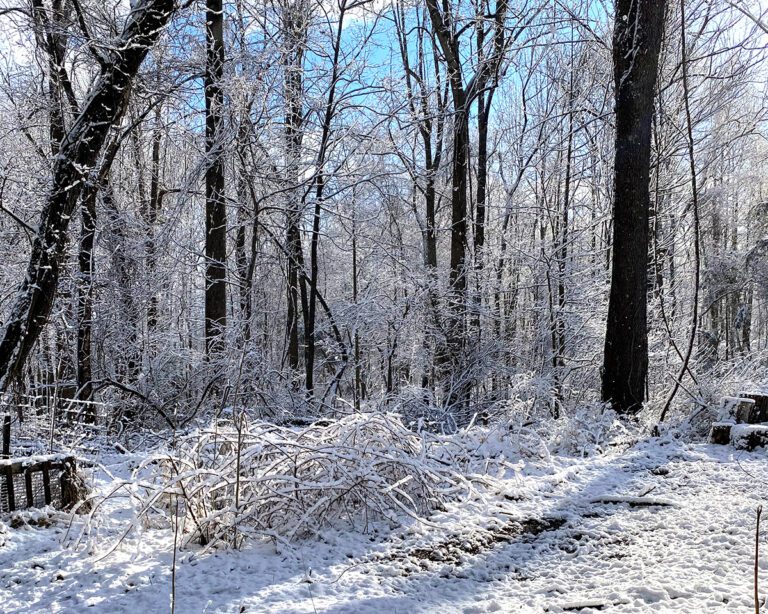It’s no secret that in today’s educational landscape, creativity is king. We’re constantly bombarded with buzzwords like STEAM, Makerspaces, and 21st Century Skills.
Of course, we know activities that build creative-thinking skills are important for our students. But sometimes, the sheer amount of time, energy, and space required to pull them off seems overwhelming.

As author Paula Briggs points out in her new book Make Build Create: Sculpture Projects for Children, “Making takes time and energy, and making with a class of 30, or even a household of two or three, can be exhausting.”
Paula goes on to list lots of good reasons not to make: It’s messy. It’s risky. There’s so much stuff in the world already, why even bother?
And then Paula writes, “And yet… when we give children the time and space to make and present them with a pile of materials, they fall to it with such a will.” I love how she states this truth so beautifully.
Children are natural-born makers. Tinkerers. Scientists. Shouldn’t we be encouraging this in our classrooms as much as possible?
“Of course!” you say. “But what about those few kids who just sit there? The kids who don’t know how to get started with their own ideas. The kids who would rather fail than start something that doesn’t work out. What about them?”
How can we encourage all our students to make mistakes and get messy?
Paula has a brilliant idea in her book I want to share with you. It’s called “The Maker’s Manifesto.” The idea is that before your students start making, you talk with them about why making is important and why putting their ideas out into the world is incredibly brave. Then, you have them sign a contract about how making is messy and risky, and most importantly, when things go wrong, it’s OK!
Paula told me she was inspired to write the manifesto after conducting workshops with children in which they would comment that making was hard work. She found the kids were much more likely to jump in and be willing to make mistakes and get messy if she tackled some of their fears and concerns before they got started. For example, Paula might say something like, “Your fingers are going to ache. That’s OK! It means you are really doing it!”
Paula was gracious enough to let us be inspired by her wonderful idea to create a Maker’s Manifesto for the Art Room.
Download your own copy for next school year. Present it as part of one of your first lessons, and keep a signed copy from every student!
Download Now!If you’re looking for ways to bring more making experiences into your classroom, you have to check out this book.
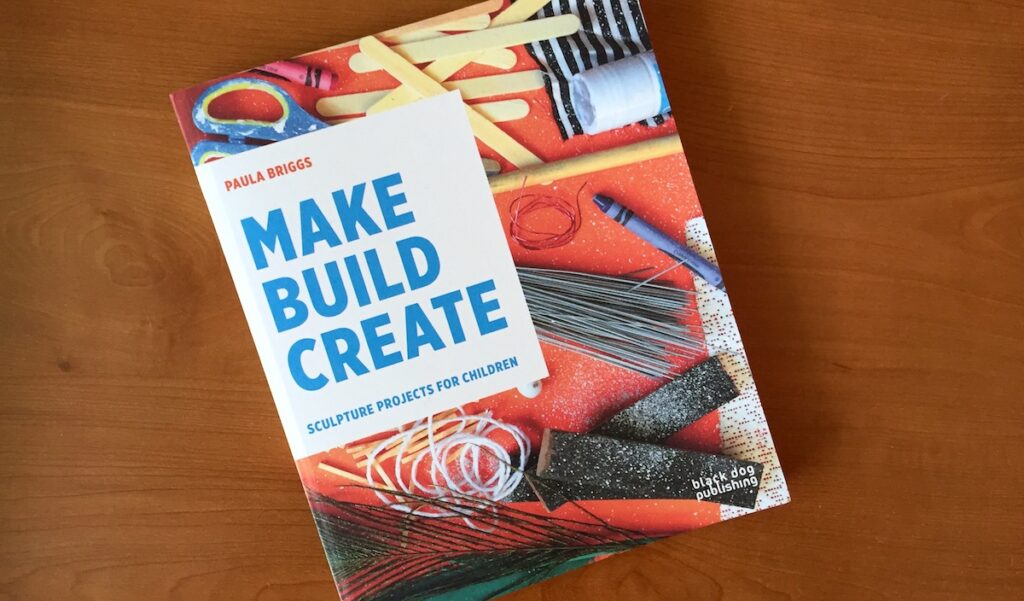
Make, Build, Create is full of both inspiration and project ideas. I was really impressed with the variety of ideas Paula put together using everything from wire to fabric to clay.
Each idea has a materials list, an activity outline, and photos. But, more importantly, each idea also has facilitator’s notes which allow you as the teacher to dive deeper into the “why” behind the project. Paula’s creative ideas force you to think about your curriculum in a whole new way.
For example, one idea I’ve never thought of before is to use earthenware clay for activities, even if you don’t have a kiln.
Paula’s lesson has students creating quick gesture “sketches” in earthenware clay in response to a freestanding sculpture. Thinking about old materials in new ways can free you up as a teacher to present fresh and exciting challenges to your students.
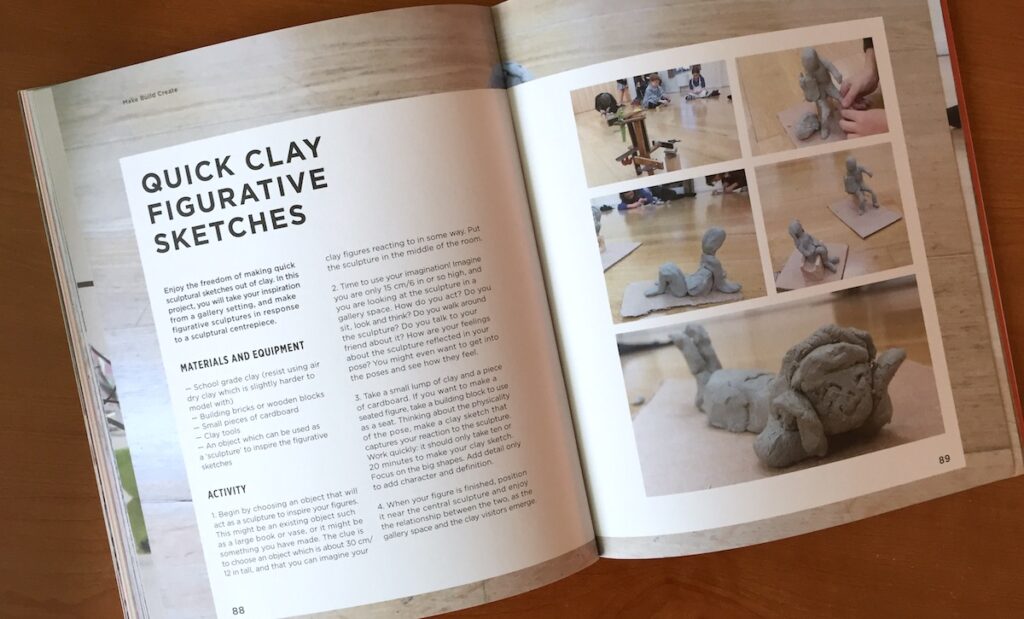
Presenting making opportunities to our students is something that comes more naturally to some of us than others. Sure, it’s messy, unpredictable, and time-consuming. But the results are more than worth it. As Paula notes, “If we want a world full of creative, entrepreneurial thinkers, then we need to enable making from a very young age. We may not all become sculptors or engineers or designers, but we will definitely become more connected, rounded, creative people.”
Thank you so much to Paula for sharing her work with us. If you’d like even more ideas about making be sure to take a peek at Make, Build, Create. You can also access a bunch of free resources on Paula’s website AccessArt. And, if you’re looking for a great way to start your school year, be sure to check out this activity from Paula as well.
What kind of making experience do you provide for your students?
Do you use a similar kind of contract in your art room? What does yours say?
Magazine articles and podcasts are opinions of professional education contributors and do not necessarily represent the position of the Art of Education University (AOEU) or its academic offerings. Contributors use terms in the way they are most often talked about in the scope of their educational experiences.

